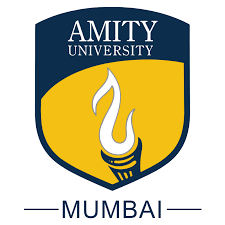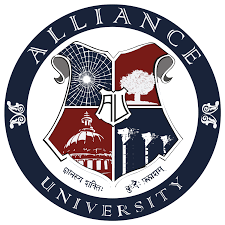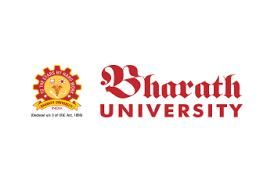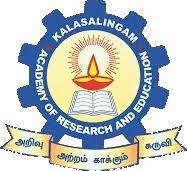|
Subject
|
Syllabus
|
|
Biomolecules
|
Structure and functions; enzymes-classification, kinetics, structure, action potential, and transport processes; mechanism of action, basic concepts and designs of metabolism, Photosynthesis, respiration, Basic biology, life sciences, etc.
|
|
Viruses
|
Microbial classification and diversity, Structure and classification, methods in microbiology, aerobic and anaerobic respiration, Microbial diseases, and host-pathogen interaction.
|
|
Prokaryotic and eukaryotic cell structure
|
Cell cycle and cell growth control, cell signaling, signal transduction, cell-cell communication.
|
|
Molecular structure of genes and chromosomes
|
Nucleic acid replication, Mutations, mutagenesis, regulatory mechanisms in prokaryotes and eukaryotes, transcription, translation, Mendelian inheritance, complementation.
|
|
Principles of microscopy
|
Light, electron, fluorescent, and confocal, principles of spectroscopy-UV, principles of chromatography-ion exchange, ; centrifugation-high speed and ultra; Principles of chromatography-GC, basic biology, life sciences, biotechnology, and allied area: Unit 06
|
|
History of immunology
|
The immunity that is innate, humoral, and cell-mediated; antigen; antibody structure and function; molecular basis of antibody diversity; antibody synthesis and secretion; antigen-antibody reaction; complement; primary and secondary lymphoid organ B and T cells and macrophages; major histocompatibility complex (MHC); antigen processing and presentation; polyclonal and monoclonal antibody; regulation of immune response; immune tolerance; hypersensitivity; autoimmunity; and life sciences, biotechnology, and related fields, including basic biology.
|
|
Major bioinformatics resources and search tools
|
Sequence and structure databases, Molecular dynamics and simulations, sequence analysis, data mining and analytical tools for genomic and proteomic studies, etc.
|
|
Restriction and modification enzymes
|
DNA labeling, DNA sequencing, polymerase chain reactions, DNA fingerprinting, southern and northern blotting, in-situ hybridization, RAPD, RFLP, site-directed mutagenesis, gene transfer techniques, and gene therapy are all examples of vectors. They also include plasmid, bacteriophage, and other viral vectors, cosmids, Ti plasmid, yeast artificial chromosome, and mammalian and plant expression vectors.
|
|
Totipotency
|
Plant regeneration; plant growth regulators and elicitors; tissue culture and cell suspension culture system: Methodology, the kinetics of growth and, nutrient optimization; production of secondary metabolites by plant suspension cultures; hairy root culture; transgenic plants; plant products of industrial importance; fundamental biology, life sciences, biotechnology, and related area: Unit 10
|
|
Animal cell culture
|
Media composition and growth conditions, preservation of animal cells and tissues, dynamics of cell growth, micro, and macro carrier culture, hybridoma technology, stem cell technology, animal cloning, and transgenic animals Biotechnology, life sciences, and fundamental biology: The fundamentals of reactor design, ideal and non-ideal multiphase bioreactors, mass and heat transfer, the rheology of fermentation fluids, aeration and agitation, media formulation, and optimization, and the kinetics of microbial growth are covered in Unit 11 of Chemical Engineering fundamentals Applied to Biological Systems. Unit operations in solid-liquid separation and liquid-liquid extraction; process scale-up, economics, and feasibility analysis; sterilization of air and media; batch, fed-batch, and continuous processes; various types of microbial and enzyme reactors; and instrumentation control and optimization.
|
|
Tissue culture and its application, micropropagation
|
another and a culture of microspores, ovary and embryo culture artificial seeds, Protoplast isolation, protoplast fusion-somatic hybrids, in vitro germplasm preservation, hybrids, Cryopreservation, DNA found in organelles, satellites, and repetitive DNA.
|




















